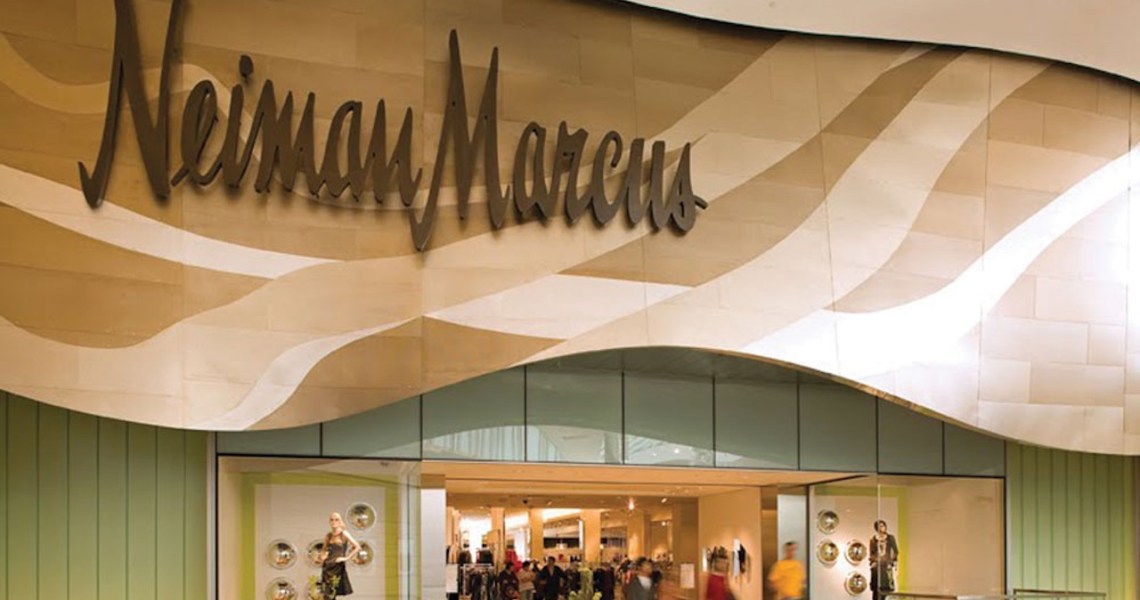New York City entered Phase 2 of reopening on Monday, which means that retail stores can finally get customers back in stores after weeks of restricting them to curbside pick-up and window shopping.
The hardest hit during the early months of the pandemic, NYC was the slowest region in the U.S. to emerge from lockdown. Phase 2 has stringent requirements for retailers, including keeping to 50% capacity, mandating masks in-store, ensuring social distancing of six feet when possible and adhering to disinfecting guidelines. Indoor malls remain closed, however exceptions are in place for anchor tenants with direct entrances.
There is a sense of excitement among retailers after months of strictly relying on online sales followed by navigating Phase 1, which saw an attempt by luxury retailers to frame curbside pick-up as an upmarket activity. That trend is set to continue, as retailers report using Phase 1 to better prepare for this week’s larger-scale reopening.
“We continued to invest in developing tools for our sales associates to help deliver channel-less selling across both the digital and physical environments … to offer customers the best possible experience wherever and however the customer wants to shop and engage with our brands,” said a spokesperson for Neiman Marcus and Bergdorf Goodman, about the company’s approach to Phase 1. To tackle curbside pick-up, the company posted new signs to designate pick-up points, launched text message and phone service communications, and offered frictionless delivery into customers’ vehicles.
On June 8, Neiman Marcus, which last week announced access to debtor-in-possession financing after filing for bankruptcy in May, reopened its Hudson Yards location, but, in compliance with the government requirements, it’s only been doing curbside pick-up. Bergdorf Goodman touted same-day delivery service in Manhattan and the Hamptons, as well as curbside pick-up.
“Everyone has been waiting for Phase 2,” said Jerome Barth, the president of the Fifth Avenue Association, which works to maintain the iconic business district, which houses the flagships of Saks Fifth Avenue, Tiffany & Co. and Cartier, among others. According to Barth, Phase 1, which began in early June, functioned as a way for stores to test safety protocols in advance of in-store shopping.
“It was a good opportunity to put this all in place and see how it works in the real world before Phase 2 started,” he said. Stores worked to figure out ways to communicate new safety standards and requirements, he said. Many are now posting visible reminders of the new protocols and providing complimentary masks. They also established processes to ensure that garments that have been tried on remain off the floor for a set period of time, depending on the fabric. Saks determined it will keep items off the floor for 24-72 hours. Other stores are designating new waiting areas that allow for social distancing, and adding precautions at checkout such as partitions between the cashiers and customers.
Ad position: web_incontent_pos1
Retail sales for May were up 17.7% from the previous month, according to government data revealed earlier this month. The surge was higher than analysts had forecasted and, although economists are cautious about the trend continuing, it points to consumer enthusiasm as people emerge from lockdown.
But of course, successfully reopening retail stores remains dependent on how comfortable people are going to be with getting back to some semblance of normal city life.
“The question is: When will people feel comfortable taking public transportation, and how will they get to stores?” Barth said. “Subways and buses are important.”




